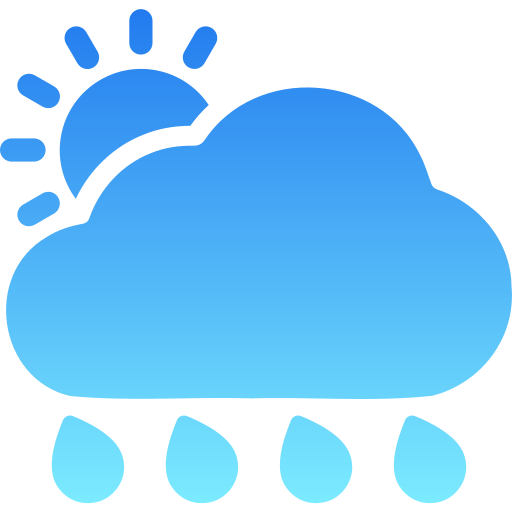Find the Perfect Weather Station for Your Needs with These Helpful Tips
Published by Andrew in Information the 09/05/2023 at 11:10
How to Choose the Right Weather Station for Your Home
When it comes to monitoring weather conditions, having a weather station at home is a great way to stay informed and prepared for any changes in the forecast. With so many different options available on the market today, choosing the right weather station can be a daunting task. A weather station can provide information on temperature, humidity, wind speed, rainfall, and more. It can also send alerts to your mobile device, giving you ample time to react to drastic weather conditions. It’s important to consider the features you need and your budget when choosing a weather station. This blog post will guide you through all the important factors to keep in mind when choosing the right weather station for your home. By the end of this post, you will be equipped with the knowledge needed to make an informed decision about which weather station is best suited for your needs.
Consider the type of display you prefer

When choosing a weather station, one of the first things to consider is the type of display you prefer. Some weather stations come with a simple LCD display, while others may offer a more advanced display with touch screen functionality and color graphics. The type of display you choose will depend on your personal preference and how much information you want to see at a glance. If you want a weather station with a more advanced display, be prepared to pay a higher price.
- Advantages of a touch screen display
A touch screen display can make it easier to navigate the different features of a weather station. With just a few taps, you can access information about temperature, humidity, and other weather conditions. A touch screen display can also make it easier to set up the weather station and customize the settings to your liking.
- Advantages of a simple LCD display
A simple LCD display can be more budget-friendly and easier to read in bright daylight. It can also provide a more straightforward approach to weather monitoring, allowing you to quickly glance at the display and get useful, basic information without too much fuss.
Evaluate the available sensors

Another important factor to consider when choosing a weather station is the types of sensors it comes with. Different weather stations will have different types of sensors based on what you need to monitor. Common sensors include temperature, humidity, wind speed, and rain gauges. Decide which information is the most crucial for your needs and ensure the weather station you choose has those sensors available. Keep in mind that certain sensors may not be standard and may need to be purchased separately.
- Types of sensors to consider
There are many different types of sensors available on weather stations, including UV sensors, soil moisture sensors, and atmospheric pressure sensors. Depending on your needs, you may want to invest in additional sensors to get a more complete picture of the weather and environmental conditions in your area.
- Check the transmission range
If you want to receive alerts or data from your weather station while away from home, make sure it has a transmission range that is suitable for your needs. Transmission ranges can vary depending on the weather station, so it’s important to do your research and make sure it will work for your specific situation. Some weather stations have a range of up to 1 mile or more, while others may have more limited ranges.
- Options for transmitting data
There are a few different ways that weather station data can be transmitted, including Wi-Fi and cellular networks. Wi-Fi can be a convenient option if you have access to a strong Wi-Fi signal at home, but it may not be feasible if you live in a rural area with limited connectivity. Cellular networks can be more reliable, but they may come with additional costs for data plans or require a separate cell signal booster.
Look for weather stations with mobile app compatibility
In today’s world, having access to data remotely is becoming increasingly important. Some weather stations have their own mobile apps that can be used to receive alerts or monitor data remotely. This can be useful if you are away from home frequently and still want to stay informed about the weather conditions in your area. Make sure to check if the weather station you are interested in has a mobile app available, and if so, make sure it’s compatible with your device.
Decide on a budget

Weather stations can vary in price depending on their features and quality. It’s important to determine how much you are willing to spend and choose a weather station that fits within your budget. Keep in mind that more expensive weather stations may come with additional features and sensors, but a higher price tag doesn’t always guarantee a better product. Look for weather stations that balance your needs and budget.
- Consider long-term costs
It’s also important to consider the long-term costs of a weather station. Some weather stations require ongoing maintenance or replacement parts over time. Make sure to factor in these costs when evaluating your budget for a weather station.
Choosing the right weather station for your home is an important decision that requires careful consideration of your needs and budget. When choosing a weather station, consider the type of display you prefer, the available sensors, the transmission range, mobile app compatibility, and your budget. It’s important to find a weather station that provides the information you need to stay informed and prepared for any changes in the weather. With the right weather station, you can monitor the weather conditions in your area with ease and peace of mind.
